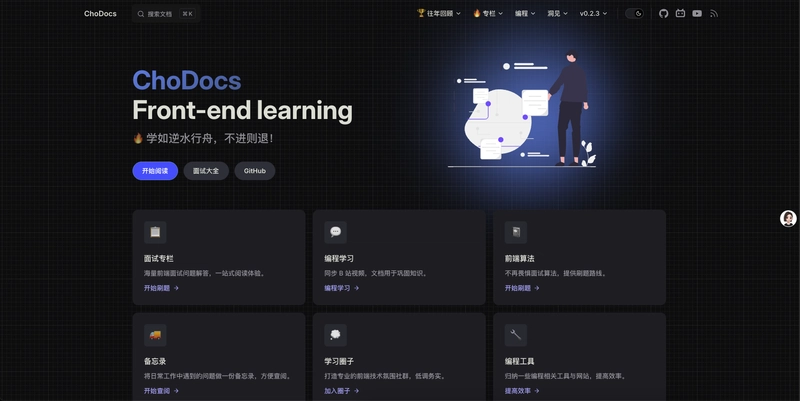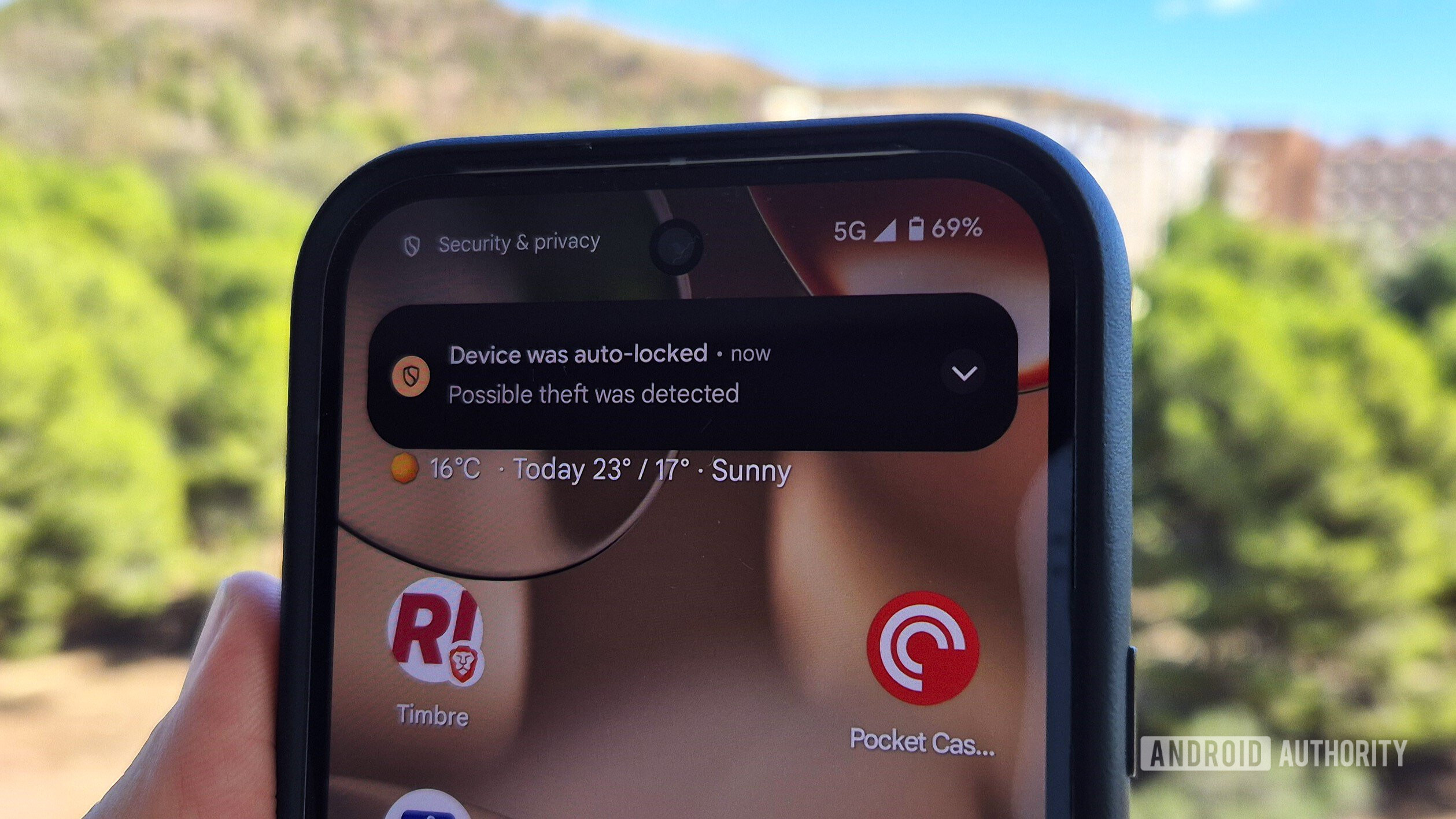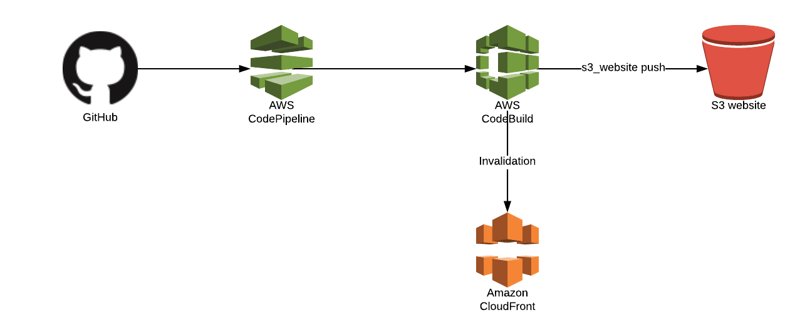"Revolutionizing Rescue: The Future of Robots and Communication in Emergencies"
In a world where natural disasters and emergencies seem to strike with increasing frequency, the need for swift and effective response has never been more critical. Imagine a scenario where advanced robots navigate treacherous terrains, delivering life-saving supplies or locating trapped individuals in the aftermath of a catastrophe. This is not just science fiction; it’s the dawn of a new era in emergency response that blends cutting-edge robotics with innovative communication technologies. Are you curious about how these advancements can reshape disaster management? Do you wonder what challenges lie ahead as we integrate machines into our rescue efforts? In this blog post, we will explore the revolutionary rise of rescue robots and their profound impact on crisis situations. From real-world case studies showcasing successful deployments to an examination of collaborative efforts between humans and machines, we'll delve deep into how technology is transforming our approach to emergencies. Join us as we uncover future innovations poised to enhance safety and efficiency when every second counts—because understanding these developments could mean the difference between life and death in times of crisis. The Rise of Rescue Robots: A New Era in Emergency Response The integration of mobile robots into emergency response systems marks a significant advancement in disaster management. These rescue robots are designed to operate autonomously or semi-autonomously, utilizing advanced technologies such as 5G networks and Simultaneous Localization and Mapping (SLAM) for effective navigation and communication. Network slicing enhances the reliability of these robotic systems by allocating dedicated bandwidth during emergencies, ensuring uninterrupted data transmission between robots and command centers. Collaboration among stakeholders—including first responders, engineers, and technology developers—is crucial for tailoring solutions that meet real-world challenges faced during search-and-rescue missions. Enhancing Communication Reliability Effective communication is paramount in crisis situations where every second counts. The evolution from Robot Operating System (ROS) to ROS 2 has improved interoperability among devices while paving the way for future advancements like 6G technology. This transition facilitates dynamic resource allocation essential for optimizing robot performance under varying conditions encountered during disasters. By co-designing robotic platforms with robust communication systems, we can significantly enhance operational efficiency, enabling quicker responses to save lives while minimizing risks associated with human intervention in hazardous environments.# How Communication Tech is Transforming Disaster Management The integration of advanced communication technologies, particularly mobile robotics and network slicing, is revolutionizing disaster management. Reliable communication systems are crucial for Search and Rescue (SAR) missions, enabling first responders to coordinate effectively in chaotic environments. The use of 5G technology enhances real-time data sharing between robots and human teams, improving situational awareness. Additionally, the transition from ROS to ROS 2 allows for more robust robotic operations by facilitating dynamic resource allocation tailored to specific emergency scenarios. Collaborative approaches involving stakeholders ensure that technological advancements align with the practical needs of rescuers on the ground. Key Technologies Enhancing Response Capabilities Emerging technologies like SLAM (Simultaneous Localization and Mapping) play a pivotal role in navigating complex terrains during disasters. These tools empower robots to map their surroundings autonomously while communicating vital information back to command centers. Furthermore, as we look towards future developments such as 6G technology, challenges remain regarding its implementation; however, its potential impact on enhancing communication reliability cannot be overstated. By fostering collaboration among various entities involved in disaster response—government agencies, tech companies, and local communities—we can create a more effective framework for managing emergencies through innovative communication solutions. Case Studies: Successful Robot Deployments in Emergencies Mobile robots have increasingly become vital assets in emergency response scenarios, particularly during search and rescue missions. Notable case studies highlight their effectiveness when integrated with advanced communication technologies like 5G and SLAM (Simultaneous Localization and Mapping). For instance, the deployment of autonomous drones equipped with real-time data transmission capabilities allowed first responders to assess disaster-stricken areas swiftly, significantly improving situational awareness. In one notable incident following a natural disaster, these drones facilitated efficient resource allocat

In a world where natural disasters and emergencies seem to strike with increasing frequency, the need for swift and effective response has never been more critical. Imagine a scenario where advanced robots navigate treacherous terrains, delivering life-saving supplies or locating trapped individuals in the aftermath of a catastrophe. This is not just science fiction; it’s the dawn of a new era in emergency response that blends cutting-edge robotics with innovative communication technologies. Are you curious about how these advancements can reshape disaster management? Do you wonder what challenges lie ahead as we integrate machines into our rescue efforts? In this blog post, we will explore the revolutionary rise of rescue robots and their profound impact on crisis situations. From real-world case studies showcasing successful deployments to an examination of collaborative efforts between humans and machines, we'll delve deep into how technology is transforming our approach to emergencies. Join us as we uncover future innovations poised to enhance safety and efficiency when every second counts—because understanding these developments could mean the difference between life and death in times of crisis.
The Rise of Rescue Robots: A New Era in Emergency Response
The integration of mobile robots into emergency response systems marks a significant advancement in disaster management. These rescue robots are designed to operate autonomously or semi-autonomously, utilizing advanced technologies such as 5G networks and Simultaneous Localization and Mapping (SLAM) for effective navigation and communication. Network slicing enhances the reliability of these robotic systems by allocating dedicated bandwidth during emergencies, ensuring uninterrupted data transmission between robots and command centers. Collaboration among stakeholders—including first responders, engineers, and technology developers—is crucial for tailoring solutions that meet real-world challenges faced during search-and-rescue missions.
Enhancing Communication Reliability
Effective communication is paramount in crisis situations where every second counts. The evolution from Robot Operating System (ROS) to ROS 2 has improved interoperability among devices while paving the way for future advancements like 6G technology. This transition facilitates dynamic resource allocation essential for optimizing robot performance under varying conditions encountered during disasters. By co-designing robotic platforms with robust communication systems, we can significantly enhance operational efficiency, enabling quicker responses to save lives while minimizing risks associated with human intervention in hazardous environments.# How Communication Tech is Transforming Disaster Management
The integration of advanced communication technologies, particularly mobile robotics and network slicing, is revolutionizing disaster management. Reliable communication systems are crucial for Search and Rescue (SAR) missions, enabling first responders to coordinate effectively in chaotic environments. The use of 5G technology enhances real-time data sharing between robots and human teams, improving situational awareness. Additionally, the transition from ROS to ROS 2 allows for more robust robotic operations by facilitating dynamic resource allocation tailored to specific emergency scenarios. Collaborative approaches involving stakeholders ensure that technological advancements align with the practical needs of rescuers on the ground.
Key Technologies Enhancing Response Capabilities
Emerging technologies like SLAM (Simultaneous Localization and Mapping) play a pivotal role in navigating complex terrains during disasters. These tools empower robots to map their surroundings autonomously while communicating vital information back to command centers. Furthermore, as we look towards future developments such as 6G technology, challenges remain regarding its implementation; however, its potential impact on enhancing communication reliability cannot be overstated. By fostering collaboration among various entities involved in disaster response—government agencies, tech companies, and local communities—we can create a more effective framework for managing emergencies through innovative communication solutions.
Case Studies: Successful Robot Deployments in Emergencies
Mobile robots have increasingly become vital assets in emergency response scenarios, particularly during search and rescue missions. Notable case studies highlight their effectiveness when integrated with advanced communication technologies like 5G and SLAM (Simultaneous Localization and Mapping). For instance, the deployment of autonomous drones equipped with real-time data transmission capabilities allowed first responders to assess disaster-stricken areas swiftly, significantly improving situational awareness. In one notable incident following a natural disaster, these drones facilitated efficient resource allocation by identifying survivors' locations through thermal imaging while maintaining reliable communication links among teams.
Key Technologies Enhancing Deployment
The co-design of robotic systems alongside robust communication networks is essential for optimizing performance in emergencies. Network slicing ensures that critical communications are prioritized over less urgent traffic, enhancing reliability under stress conditions. Furthermore, transitioning from ROS to ROS 2 has improved interoperability between devices deployed on-site. These advancements underscore the necessity for continuous collaboration among stakeholders—including technology developers and emergency services—to refine operational protocols tailored to specific crisis environments effectively. The integration of such technologies not only streamlines operations but also fosters a proactive approach toward future innovations in rescue robotics.
Challenges Facing Robotics in Crisis Situations
Robotics in crisis situations faces several significant challenges that can hinder their effectiveness during emergencies. One primary issue is the reliability of communication systems, which are crucial for coordinating rescue operations. The integration of advanced technologies like 5G and future 6G networks aims to enhance this aspect; however, transitioning from current systems such as ROS to ROS 2 presents technical hurdles that must be addressed. Additionally, dynamic resource allocation remains a challenge due to varying environmental conditions and the unpredictable nature of disasters. Collaboration among stakeholders—including first responders, engineers, and policymakers—is essential for overcoming these obstacles and ensuring robots can operate effectively under pressure.
Importance of Co-Design Approaches
Co-design approaches between robotic systems and communication frameworks are vital for optimizing performance in disaster scenarios. By aligning technological capabilities with the specific needs of emergency responders, it becomes possible to create more robust solutions tailored for real-world applications. This collaboration not only improves operational efficiency but also fosters innovation by integrating feedback from field-tested use cases into future designs—ultimately enhancing overall response capabilities during crises.
Future Innovations: What’s Next for Rescue Technology?
The future of rescue technology is poised to be revolutionized by advancements in mobile robotics and communication systems. The integration of 5G networks will enhance real-time data transmission, allowing first responders to access critical information swiftly during emergencies. Network slicing will ensure that communication remains reliable even under heavy loads, which is vital in disaster scenarios where every second counts. Furthermore, the transition from ROS to ROS 2 signifies a leap towards more robust robotic frameworks capable of handling complex tasks autonomously. As we look ahead, the potential impact of 6G technology could further streamline operations through dynamic resource allocation and improved collaboration among stakeholders.
Key Areas for Development
-
Enhanced Communication Systems: Focusing on co-design approaches can lead to tailored solutions that meet specific operational needs during crises.
-
Robotic Autonomy: Leveraging advanced technologies like SLAM (Simultaneous Localization and Mapping) will empower robots with better navigation capabilities in unpredictable environments.
-
Collaborative Frameworks: Building partnerships between technologists and emergency services ensures that innovations are practical and directly address the challenges faced by first responders.
As these developments unfold, they promise not only to improve efficiency but also significantly increase survival rates during search and rescue missions worldwide.# Collaborative Efforts: Humans and Robots Working Together
In the realm of Search and Rescue (SAR) missions, collaboration between humans and robots is pivotal. The integration of advanced communication systems enhances the effectiveness of robotic operations during emergencies. Network slicing ensures that critical communications remain reliable even in chaotic environments, while technologies like 5G facilitate real-time data sharing among first responders and mobile robots. Field-tested use cases demonstrate how these collaborative efforts improve situational awareness, enabling teams to make informed decisions quickly. Moreover, the transition from ROS to ROS 2 marks a significant evolution in robotics communication frameworks, allowing for more robust interactions between human operators and autonomous systems.
Enhancing Emergency Response Capabilities
The co-design approach emphasizes stakeholder collaboration to tailor robotic solutions that meet specific needs during disasters. By leveraging dynamic resource allocation strategies alongside emerging technologies such as Integrated Sensing and Communication (ISAC), SAR operations can achieve unprecedented efficiency. As we look toward future advancements with 6G technology on the horizon, ongoing research highlights both opportunities for improved connectivity and challenges that must be addressed to fully realize this potential in emergency scenarios. This synergy not only augments operational capabilities but also fosters trust among team members—both human and robot—ultimately leading to better outcomes in life-saving situations.
In conclusion, the integration of robotics and advanced communication technologies is fundamentally transforming emergency response strategies. The rise of rescue robots marks a new era where these machines can navigate hazardous environments, providing critical support during disasters. Effective communication tools enhance coordination among responders, ensuring timely information exchange that can save lives. Successful case studies demonstrate the potential of robotic deployments in real-world scenarios, yet challenges such as technical limitations and ethical considerations remain to be addressed. Looking ahead, innovations in artificial intelligence and machine learning promise to further refine these technologies for even greater efficiency and effectiveness in crisis situations. Ultimately, fostering collaborative efforts between humans and robots will be essential; together they can create a more resilient future capable of responding swiftly to emergencies while maximizing safety for all involved.
FAQs about "Revolutionizing Rescue: The Future of Robots and Communication in Emergencies"
1. What are rescue robots, and how are they used in emergency situations?
Rescue robots are specialized machines designed to assist in search and rescue operations during emergencies such as natural disasters or accidents. They can navigate difficult terrains, locate survivors using sensors, deliver supplies, and provide real-time data to human responders.
2. How is communication technology enhancing disaster management efforts?
Communication technology plays a crucial role in disaster management by enabling faster information sharing among first responders, improving coordination between agencies, and facilitating remote monitoring of affected areas through drones or satellite communications.
3. Can you provide examples of successful robot deployments during emergencies?
Yes! Notable case studies include the use of drones for aerial surveys after hurricanes to assess damage quickly and ground-based robots like PackBot that were deployed during the Fukushima nuclear disaster to explore hazardous environments where humans could not safely enter.
4. What challenges do robotics face when deployed in crisis situations?
Challenges include navigating unpredictable environments (like debris), ensuring reliable power sources for extended missions, dealing with limited connectivity for communication systems, and overcoming public skepticism regarding their effectiveness compared to human rescuers.
5. What future innovations can we expect in rescue technology?
Future innovations may include advanced AI algorithms for better decision-making under pressure, improved mobility solutions allowing robots to traverse complex landscapes more effectively, enhanced sensor technologies for detecting life signs from greater distances, and seamless integration between human teams and robotic units through augmented reality interfaces.










































































































































































![[The AI Show Episode 142]: ChatGPT’s New Image Generator, Studio Ghibli Craze and Backlash, Gemini 2.5, OpenAI Academy, 4o Updates, Vibe Marketing & xAI Acquires X](https://www.marketingaiinstitute.com/hubfs/ep%20142%20cover.png)
















































































































































































































































.jpg?#)













































































































































![YouTube Announces New Creation Tools for Shorts [Video]](https://www.iclarified.com/images/news/96923/96923/96923-640.jpg)

![Apple Faces New Tariffs but Has Options to Soften the Blow [Kuo]](https://www.iclarified.com/images/news/96921/96921/96921-640.jpg)



































































































































